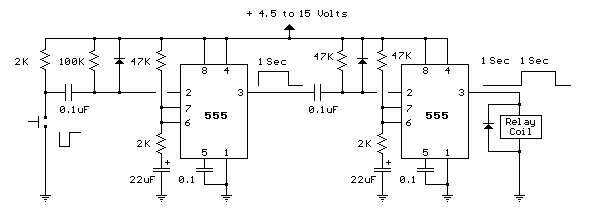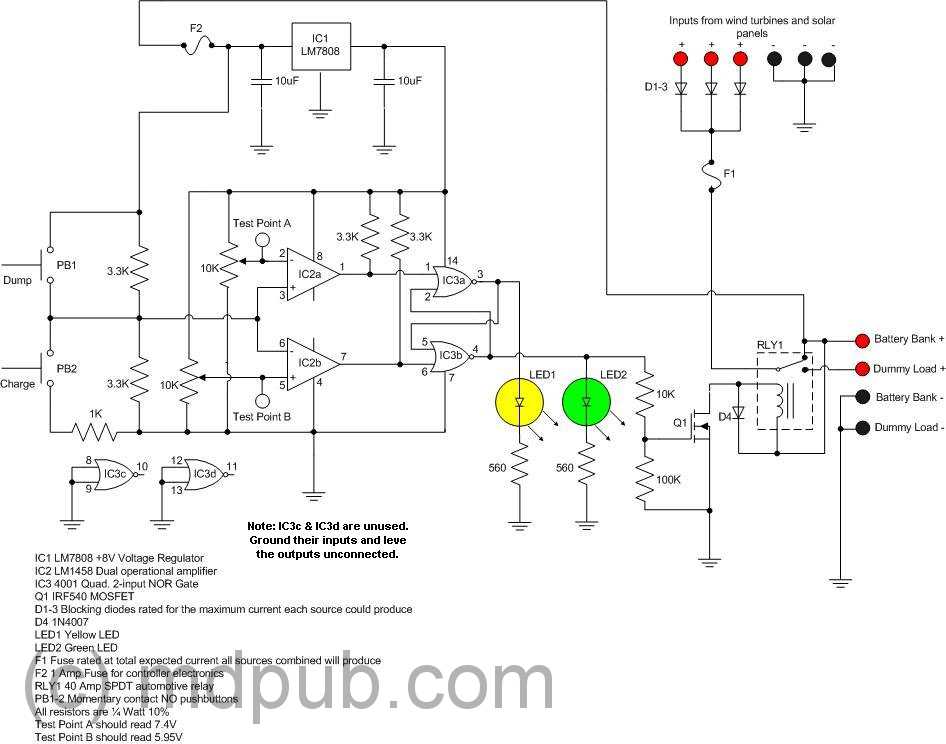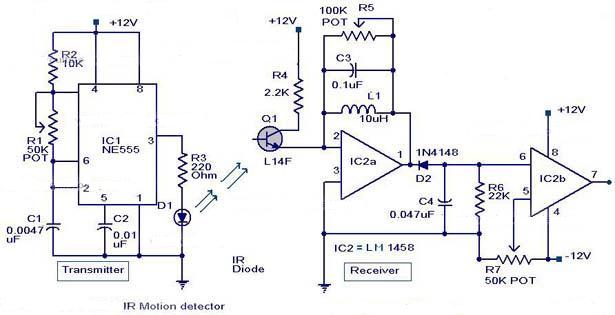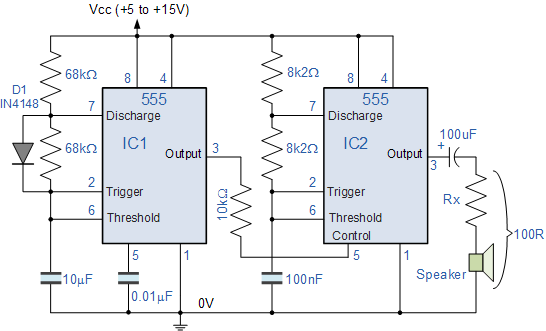
Why are 555 IC pin diagrams so random
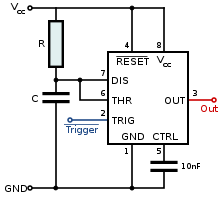
It can be assumed that most 555 timer chips from various manufacturers are interchangeable due to their similar pin configurations. However, the programs or diagrams may simplify the pin arrangements, leading to potential confusion. Custom routing may be necessary to align the actual chip connections with the schematic configurations, but this can create additional complexity as the pin arrangements may vary.
The 555 timer IC is a versatile device widely used in various electronic applications, including timing, pulse generation, and oscillation. It generally comes in an 8-pin dual in-line package (DIP) format, where the pin configuration is standardized across most manufacturers. The standard pinout includes pins for power supply, ground, trigger, threshold, discharge, control voltage, reset, and output.
Despite the standardization, variations can exist between manufacturers, particularly in the electrical characteristics and maximum ratings of the components. It is essential to refer to the specific datasheet of the manufacturer to confirm the exact pin configuration and electrical specifications, as this can impact the circuit's performance.
When designing circuits with the 555 timer, it is advisable to maintain a clear and consistent schematic that reflects the actual pin configuration used in the circuit. If custom routing is necessary to accommodate different pin arrangements, it is crucial to document these changes meticulously to avoid confusion during assembly or troubleshooting. Additionally, using a breadboard for prototyping can help visualize the connections before finalizing the PCB layout, ensuring that the intended functionality is achieved without ambiguity.
In summary, while the 555 timer chips are largely interchangeable, attention must be paid to the specific pin configurations and characteristics of the selected component to ensure proper functionality in any given application.Can I assume that most of the 555 chips from different manufacturers are interchangable (same pin configuration), however the programs/diagrams have pins that way just to look simpler I can always route my own weird ways on the actual chip to match the configuration in the schematics, however that is confusing due to it changing each time. 🔗 External reference
The 555 timer IC is a versatile device widely used in various electronic applications, including timing, pulse generation, and oscillation. It generally comes in an 8-pin dual in-line package (DIP) format, where the pin configuration is standardized across most manufacturers. The standard pinout includes pins for power supply, ground, trigger, threshold, discharge, control voltage, reset, and output.
Despite the standardization, variations can exist between manufacturers, particularly in the electrical characteristics and maximum ratings of the components. It is essential to refer to the specific datasheet of the manufacturer to confirm the exact pin configuration and electrical specifications, as this can impact the circuit's performance.
When designing circuits with the 555 timer, it is advisable to maintain a clear and consistent schematic that reflects the actual pin configuration used in the circuit. If custom routing is necessary to accommodate different pin arrangements, it is crucial to document these changes meticulously to avoid confusion during assembly or troubleshooting. Additionally, using a breadboard for prototyping can help visualize the connections before finalizing the PCB layout, ensuring that the intended functionality is achieved without ambiguity.
In summary, while the 555 timer chips are largely interchangeable, attention must be paid to the specific pin configurations and characteristics of the selected component to ensure proper functionality in any given application.Can I assume that most of the 555 chips from different manufacturers are interchangable (same pin configuration), however the programs/diagrams have pins that way just to look simpler I can always route my own weird ways on the actual chip to match the configuration in the schematics, however that is confusing due to it changing each time. 🔗 External reference
